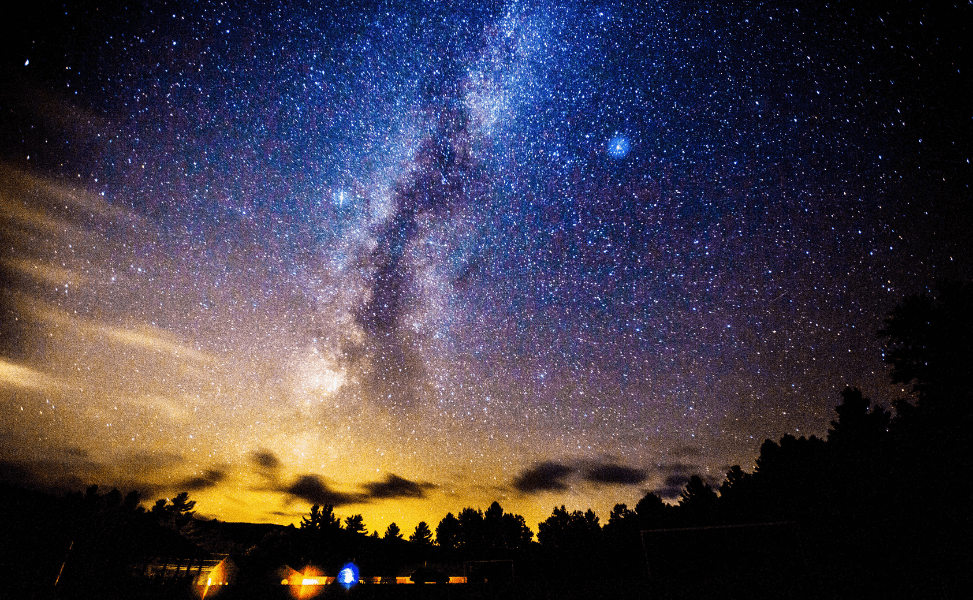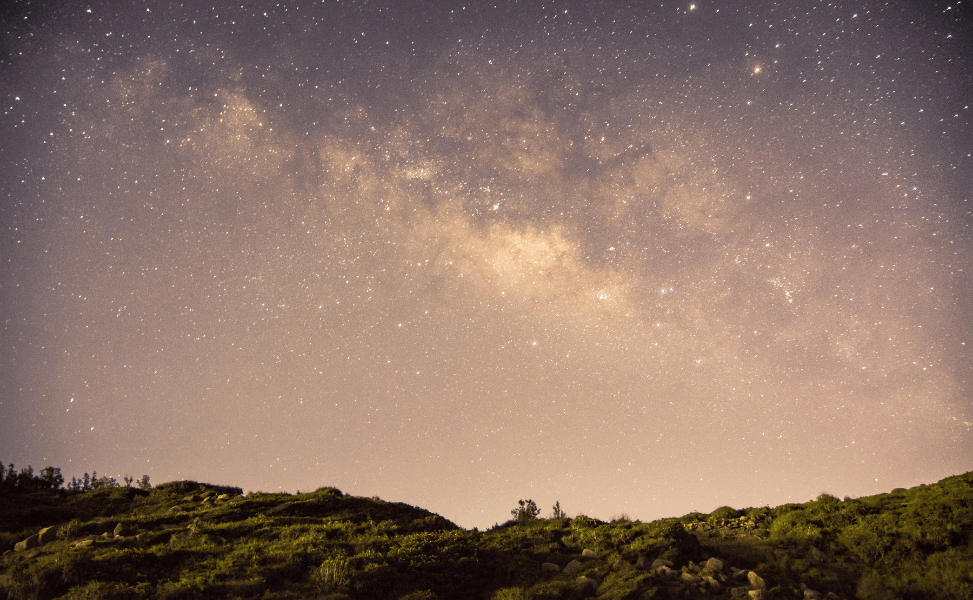
Night-time photography can be really challenging. But the reward of capturing a scene as spectacular as the Milky Way is very rewarding. In this article, we want to help equip you with the right techniques and equipment to capture every star, nebulae, and other celestial objects.
What is Milky Way photography?
The Milky Way is the galaxy our solar system is in. It consists of billions of stars and various planets. asteroids, and comets. It is a vast galaxy, shaped like a disk with a bulge in the centre and spiral arms that extend outwards. When you look up at the night sky, you can see the faint light that stretches across the sky - that the Milky Way.
If you want to learn more about taking photos of stars, check out our blog article How to Take Photos of Stars on the Camera House blog.

What equipment is needed for Milky Way photography?
To take great images of the Milky Way, there's a few key pieces of equipment you need. Here are our top picks:
Cameras for Milky Way Photography
The Nikon Z 6II w/ Nikkor z24-70mm f4s lens full frame mirrorless camera produces stunning still images as well as cinematic video. With an expanded buffer, the Z 6II's Dual EXPEED 6 image-processing engines enable long exposure shots to capture star scapes with ease.
Our other pick is the Canon EOS R6 Mark II Body w/RF 24-105mm f/4L IS USM Lens Full Frame Mirrorless Camera which is the ideal, multipurpose option. It includes a rapid and precise autofocus, a broad focal length range, a sturdy construction, excellent image creation, and stabiliser functions. These are all enhanced by a reasonable cost, size, and weight.
Lenses for Milky Way Photography
For lenses, the Nikon AF-S 14-24mm f/2.8G ED Lens is an ultra-wide-angle lens with a quick f/2.8 maximum aperture and nine rounded diaphragm blades. Alternatively, the Canon RF 15-35mm f/2.8L IS USM Lens is another great option as it will allow you to capture crisp images with clarity throughout the entire zoom range.
Other equipment for Milky Way photography
For stable shots when taking long exposure images, a sturdy tripod is an absolute essential. Check out our tripod range to find the perfect support for you. This will allow you to set the camera up and take the image without touching the camera risking blurry images.

What camera settings should I use for Milky Way photography?
You need to make sure you’re setting your camera up correctly before you start shooting images of the Milky Way. Here are the settings we recommend for shooting:
- ISO: You want to make sure you’re letting in enough light to capture as many stars as possible. Try setting the ISO between 1600 and 3200 and adjusting the level from there to see what works best. Check out our blog Confused About ISO to learn more.
- Aperture: With a wide aperture you will let more light into the camera. Try setting the aperture to f/2.8 and adjusting the setting from there. Check out our blog posts Understanding Camera Exposure and Understanding Aperture to learn more.
- Shutter speed: A slow shutter speed is important to capture all the light from the Milky Way. If you’re using a tripod, you’ll be able to set this time for longer without getting star trails. Start at 20 seconds and adjust the time from here. Check out our blog Shutter Speeds Explained to learn more.
- Focus: Manual focus is essential in Milky Way photography. Adjust the focus ring until the stars appear sharp through the viewfinder. Check out our blog post Understanding Focus Points to learn more.
What are some common mistakes to avoid in Milky Way photography?
The most common mistakes when taking photos of the Milky Way are overexposure and camera shake. Overexposure is generally caused by not having your ISO, aperture or shutter speed set correctly. Try adjusting these to let less light into the camera. To fix any camera shake, mount your camera on a tripod and use a remote shutter release to avoid blurriness.
Shop cameras, lenses and equipment for Milky Way photography
Take advantage of Camera House’s knowledgeable staff in-store and online and ask them which equipment is perfect for Milky Way photography! Check out our shipping information online and enjoy flat-rate delivery Australia-wide, or check out our store locator to visit a Camera House store near you.
